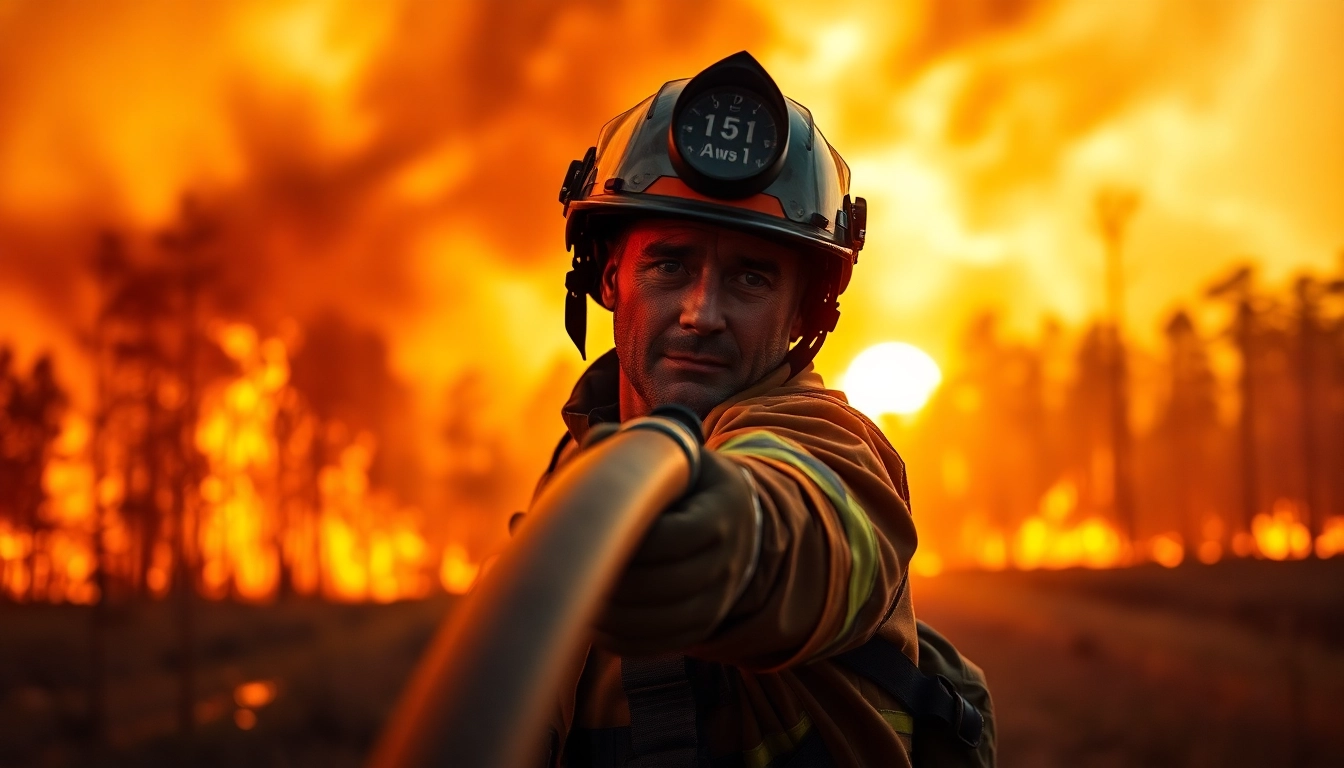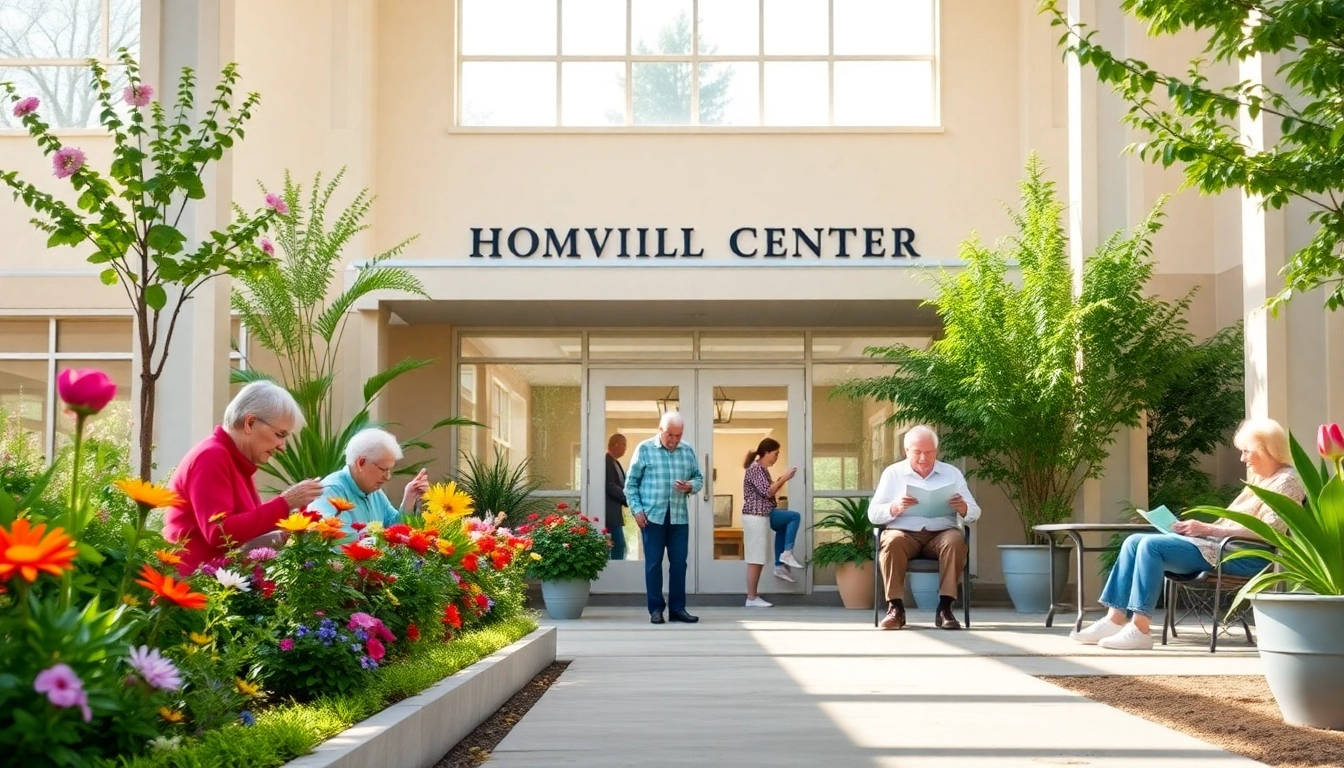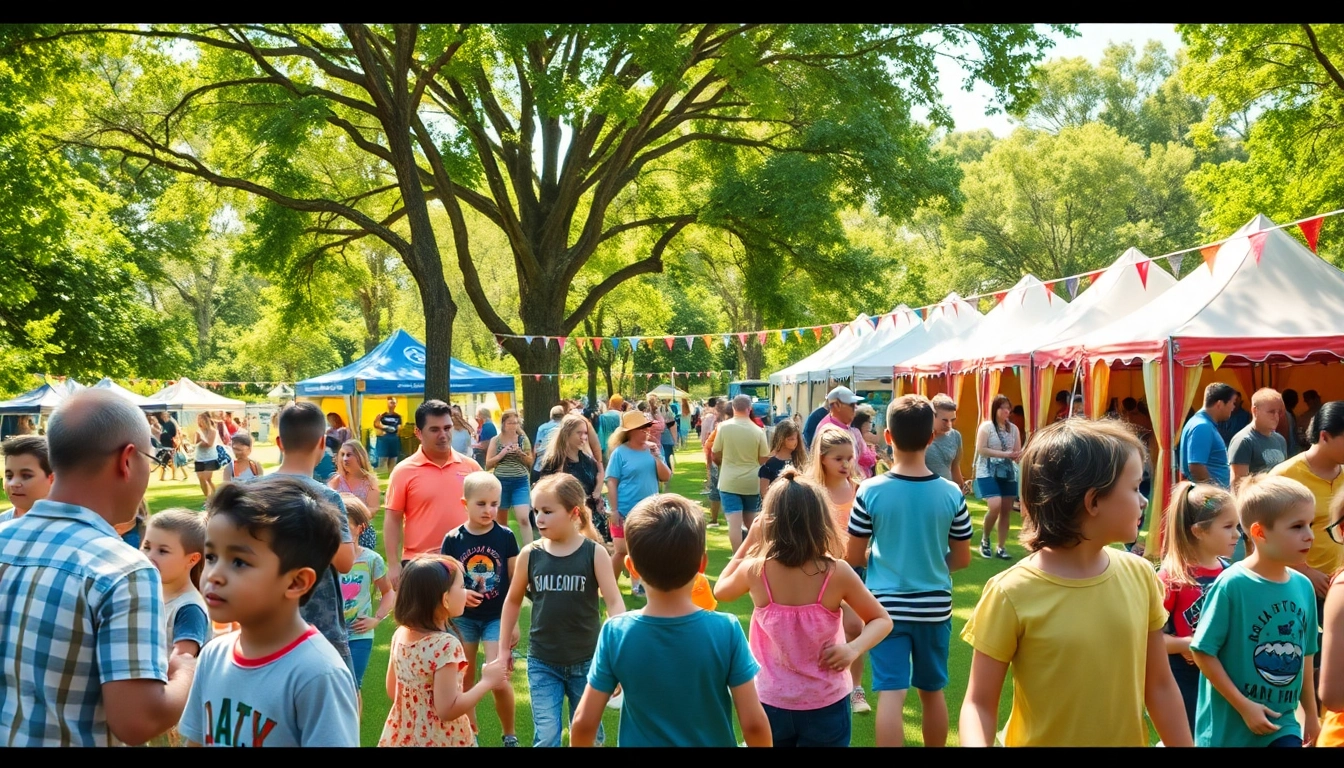Introduction to Wildfire Events
Wildfire events have emerged as critical environmental challenges in recent years, notably impacting both natural ecosystems and human communities. The increasing frequency and intensity of these fires raise questions about their causes, effects, and the strategies for effective management and preparedness. Understanding wildfire events is essential for communities at risk and for policymakers aiming to mitigate their devastating impacts.
Defining Wildfire Events
Wildfire events refer to uncontrolled fires that spread rapidly through vegetation, often exacerbated by environmental conditions, human intervention, or natural phenomena. Such fires are categorized into different types, including forest fires, brush fires, and grass fires, based on their locations and the types of materials they consume. Understanding these differentiations aids in developing targeted prevention and response strategies.
Understanding the Causes of Wildfire Events
The causes of wildfire events are multifaceted, ranging from natural occurrences, like lightning strikes and extreme weather conditions, to human actions, including arson and negligent behaviors such as discarded cigarettes. By analyzing these causes, we can identify key intervention points to prevent wildfires before they start.
Factors Contributing to Wildfire Events
Climate Change and Its Influence on Wildfire Events
Climate change plays a significant role in the frequency, severity, and duration of wildfire events. Rising temperatures and prolonged droughts increase the number of susceptible areas, making it easier for fires to ignite and spread. Furthermore, climate data indicates that warmer seasons lead to longer fire seasons, compounding the risks associated with wildfires. As the climate continues to shift, understanding its interactions with wildfire dynamics is crucial for effective future planning.
Human Activity: A Catalyst for Wildfire Events
Human activities significantly contribute to wildfire events through actions such as land clearing, agricultural practices, and urban development. These activities can create conducive environments for fires to ignite and spread. Additionally, the rise in outdoor recreational activities, particularly in fire-prone areas, can inadvertently lead to increased fire occurrences. Education and awareness initiatives aimed at reducing human-ignited fires are essential for enhancing community preparedness.
Natural Factors in Wildfire Events
Natural factors, including vegetation types, soil moisture levels, and climatic conditions, interplay substantially in wildfire dynamics. Regions dominated by dry grasses, shrubs, and trees susceptible to burns are at heightened risk during dry and windy conditions. The assessment of these natural factors is critical in understanding regional fire behaviors and informing appropriate land management practices.
Health and Environmental Impacts of Wildfire Events
Health Risks Associated with Wildfire Events
Wildfire events pose significant health risks to affected populations. Smoke inhalation can lead to respiratory issues and exacerbate pre-existing health conditions such as asthma and chronic obstructive pulmonary disease (COPD). Vulnerable populations, particularly children and the elderly, are at higher risk. Public health initiatives focusing on air quality monitoring and protective measures are vital-components of community health responses during wildfire seasons.
Environmental Consequences of Wildfire Events
The environmental implications of wildfire events can be devastating. Besides the immediate loss of biodiversity and habitat destruction, wildfires contribute to soil erosion, water supply contamination, and greenhouse gas emissions. They can alter landscapes significantly, impacting not just flora and fauna but also human infrastructure and resources. Analyzing these environmental consequences provides insight into the necessity of sustainable land management practices post-wildfire.
The Economic Cost of Wildfire Events
The economic impacts of wildfire events extend beyond immediate firefighting costs and property damages. They encompass long-term economic disruptions, such as loss of tourism revenue, decreased agricultural productivity, and increased insurance premiums. Communities must consider these factors when budgeting for disaster responses and developing risk assessments to enhance resilience against future wildfire events.
Preparation and Response to Wildfire Events
Community Preparedness for Wildfire Events
Community preparedness plays an integral role in reducing the impact of wildfire events. This can include creating wildfire prevention plans, conducting community education sessions on fire safety and evacuation procedures, and engaging in community-wide drills to ensure readiness. Empowering residents to take preventive measures, such as “defensible space” around properties, can mitigate overall risk.
Government Policies on Wildfire Events
Government policies are pivotal in managing wildfire risks. This can involve implementing land use regulations, funding fire prevention programs, and coordinating firefighting resources. Additionally, strong inter-agency collaboration is crucial for sharing information and resources during wildfire-related crises. Advocating for policies that prioritize forest management and invest in community resilience can significantly reduce vulnerability to future wildfires.
Effective Firefighting Techniques for Wildfire Events
Firefighting techniques have evolved to meet the challenges posed by wildfire events. The use of aerial firefighting resources, controlled burns to remove excess fuels, and advanced modeling techniques for predicting fire behavior are all integral aspects of modern firefighting. Developing strategic fire suppression plans that utilize these techniques can enhance operational effectiveness and ultimately save lives and property during wildfire incidents.
Future Trends in Wildfire Events Management
Innovations in Wildfire Events Prevention
Innovation and technology are shaping the future of wildfire prevention. Initiatives like vegetation management using drones, predictive analytics for fire behavior modeling, and community-based prevention networks are being explored. Innovation in the wildland firefighting community not only enhances prevention strategies but also improves resource allocation and reduces firefighting costs over time.
The Role of Technology in Monitoring Wildfire Events
Technology plays a crucial role in monitoring wildfire events. Advanced satellite imaging, remote sensing equipment, and real-time data analytics enable agencies to track fire spread and assess risks more accurately. These tools facilitate proactive measures and streamlined communication during wildfire emergencies, ultimately enhancing response times and effectiveness.
Long-Term Strategies for Mitigating Wildfire Events
To effectively mitigate the impacts of wildfire events in the long term, strategies must focus on integrated approaches that include ecosystem restoration, community engagement, and education. Ensuring that fire-prone landscapes are managed sustainably, alongside investing in community resilience and recovery programs, will contribute to a holistic solution that addresses the multifaceted challenges posed by wildfires. Strengthening partnerships among stakeholders is also essential for creating comprehensive solutions that encompass prevention, response, and recovery from wildfire events.



